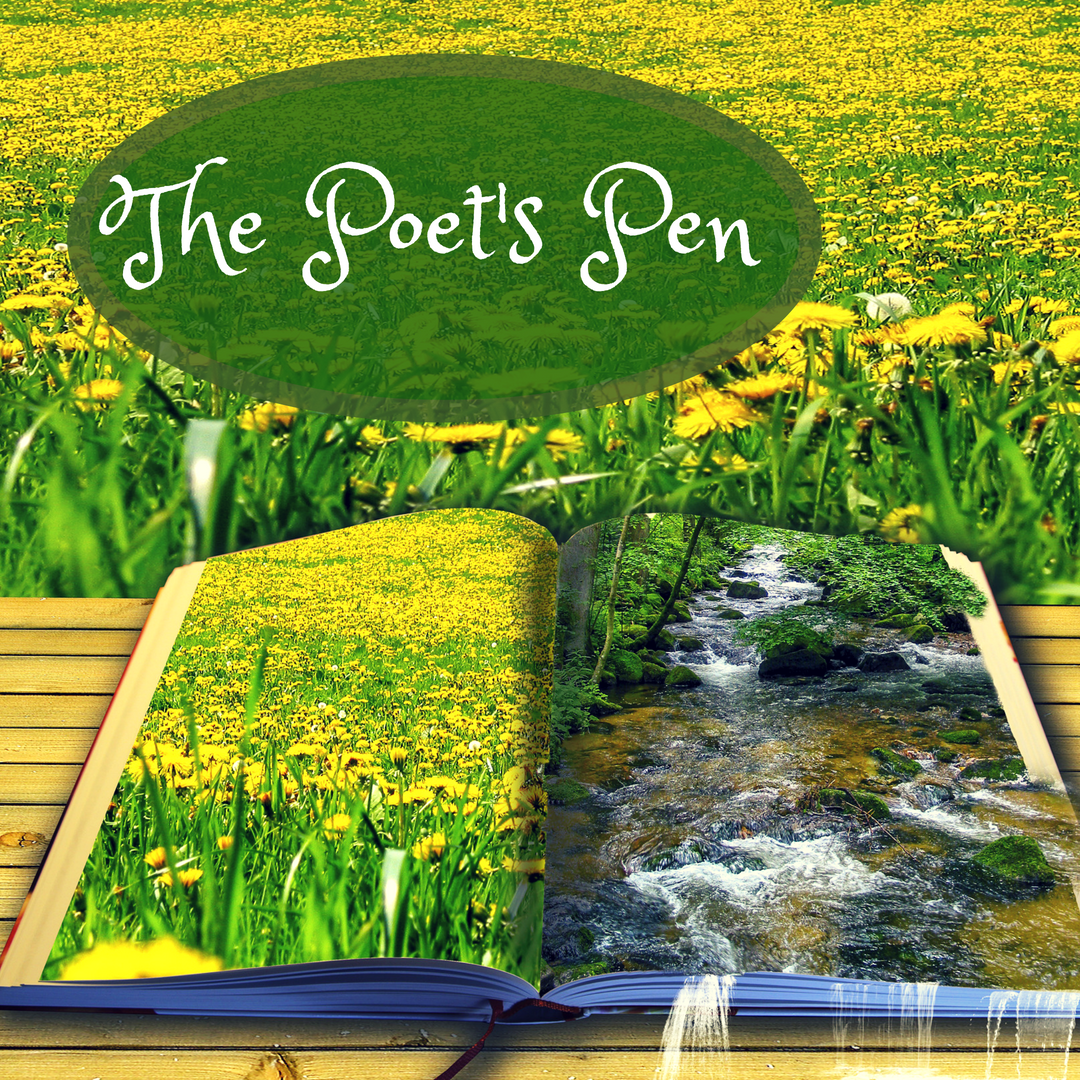
Giving Thanks
There are many ways to show gratitude and writing a Thanksgiving poem is the way many have expressed themselves…
November 13, 2018
There are many ways to show gratitude and writing a Thanksgiving poem is the way many have expressed themselves…
November 13, 2018
Carmina Figurata or shaped stanza is a picture poem—a poem that forms a picture. In “CAROUSEL” by Jan D.…
July 17, 2018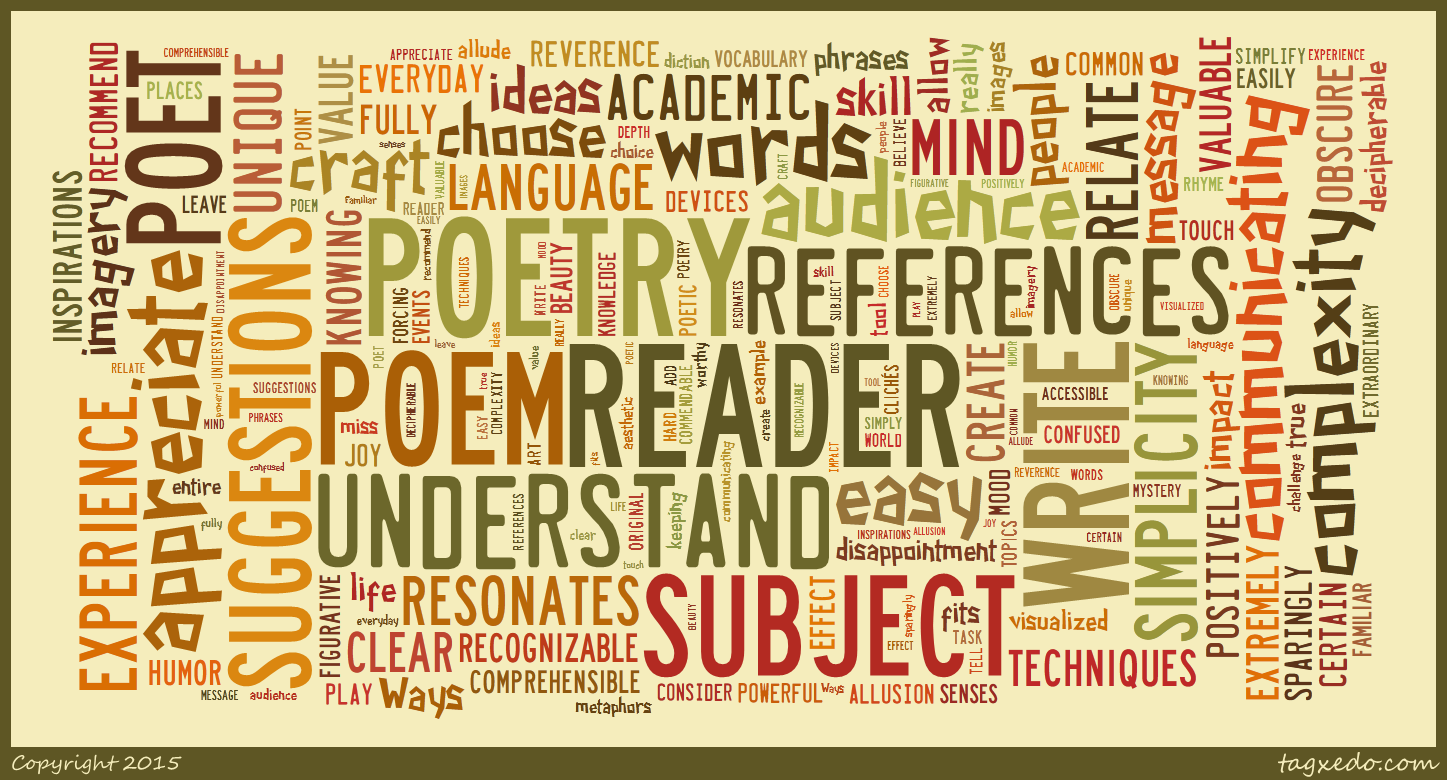
Simplicity is extremely valuable when it comes to communicating through poetry. I’ve always wanted my poems to positively impact…
October 18, 2015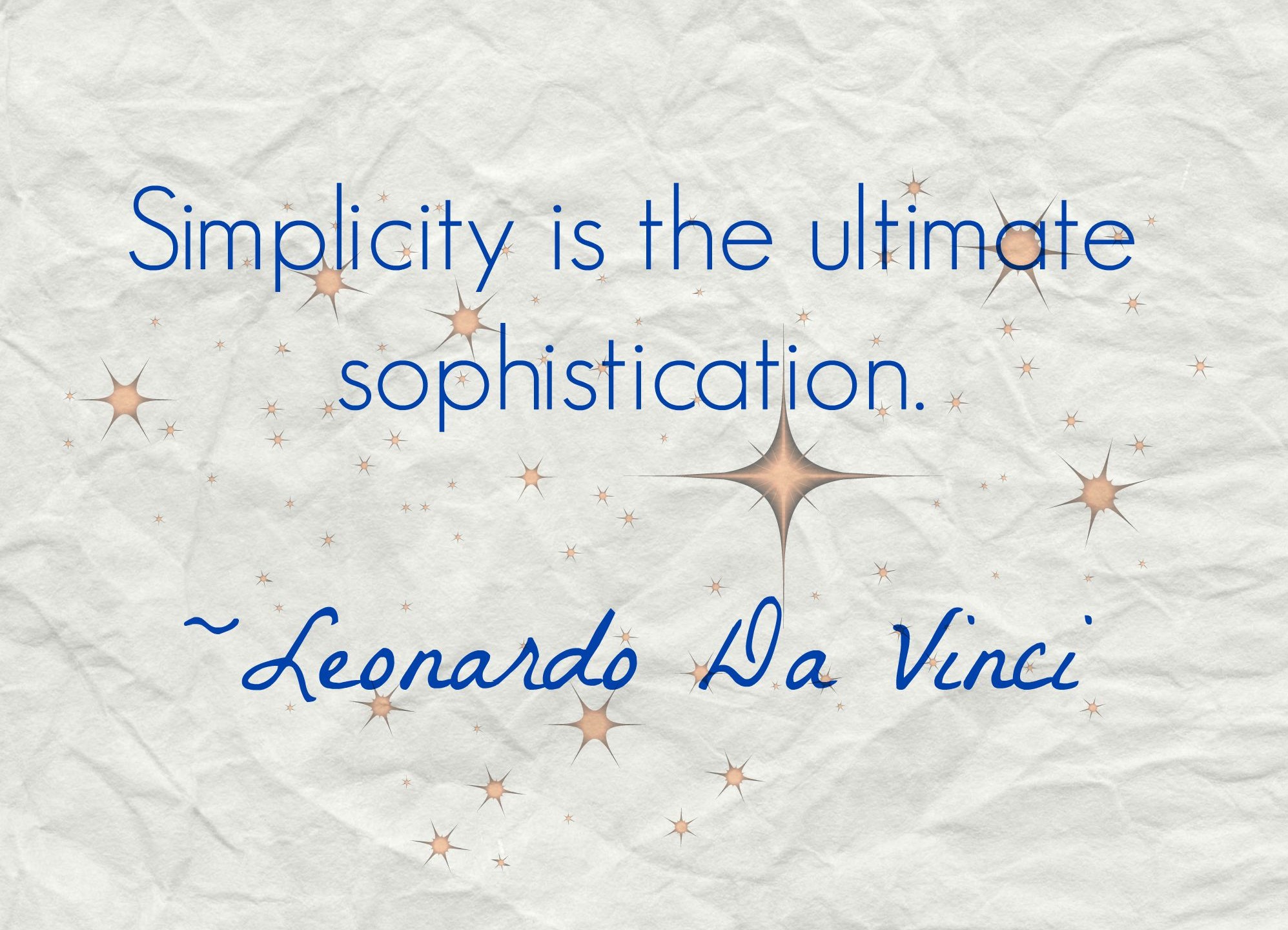
One of my goals as a poet is to make poetry practical and less intimidating for writers while respecting…
September 6, 2015
Have you ever struggled with blank page disorder? I have. Most writers face this issue at one time or another. Sometimes…
August 15, 2015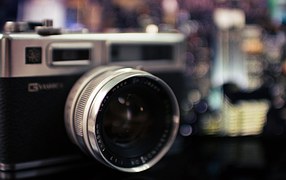
Teachers of literature typically define poetry as anything other than prose. Even though this definition is true, it’s vague at…
July 18, 2015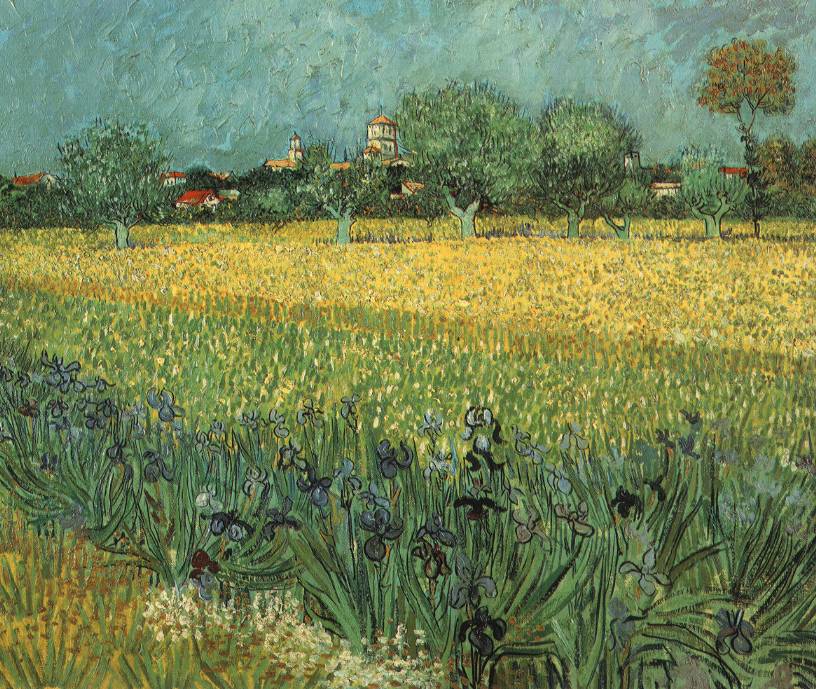
In my opinion, poetry is the high art form of all writing. Crafting a meaningful poem can’t be done…
June 20, 2015